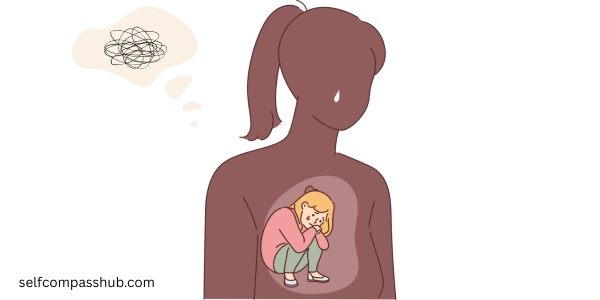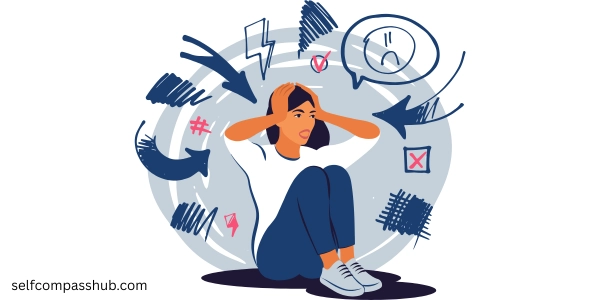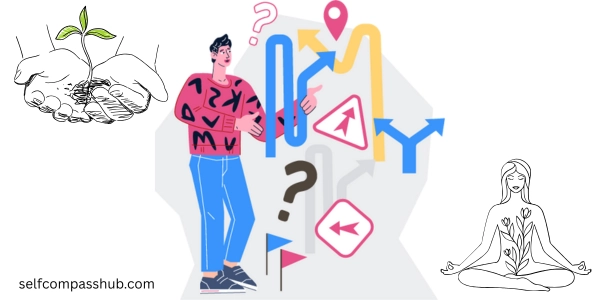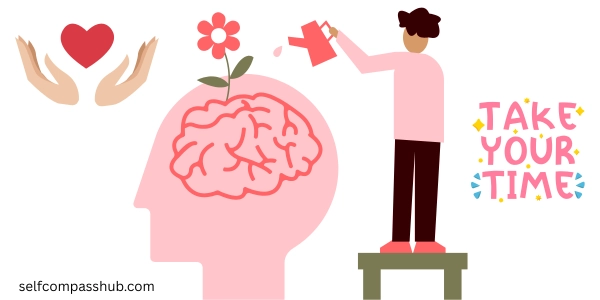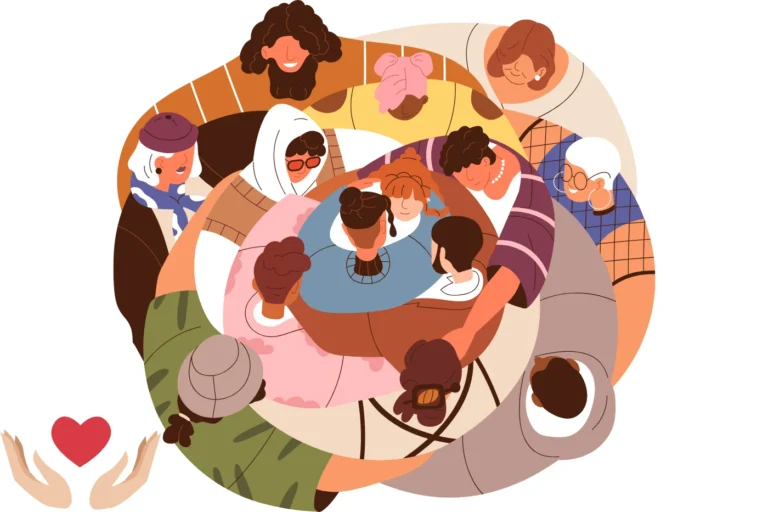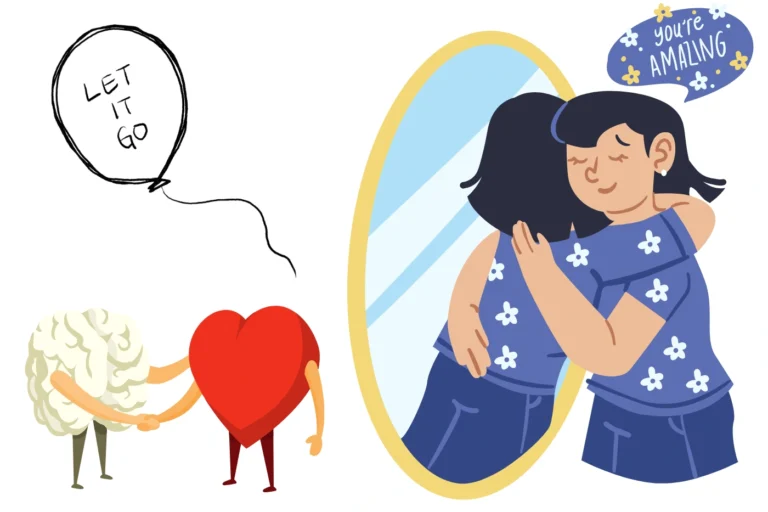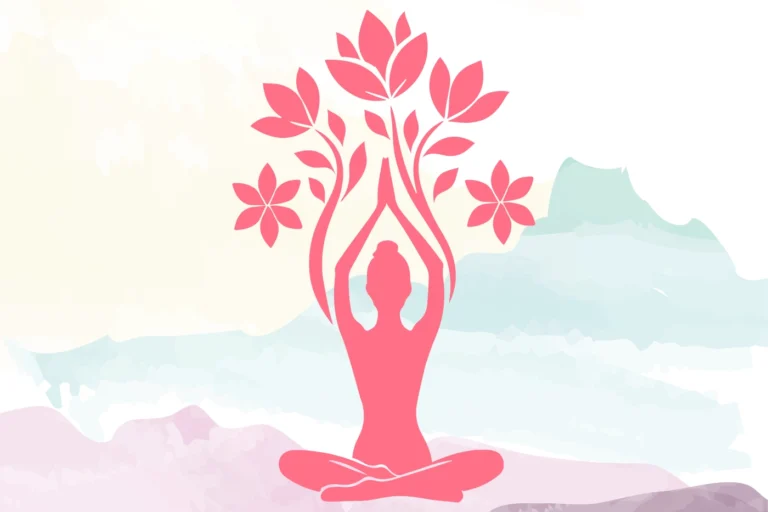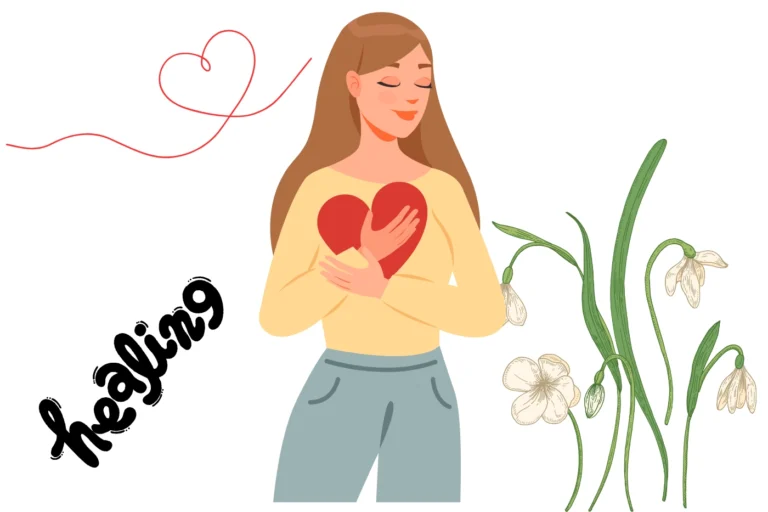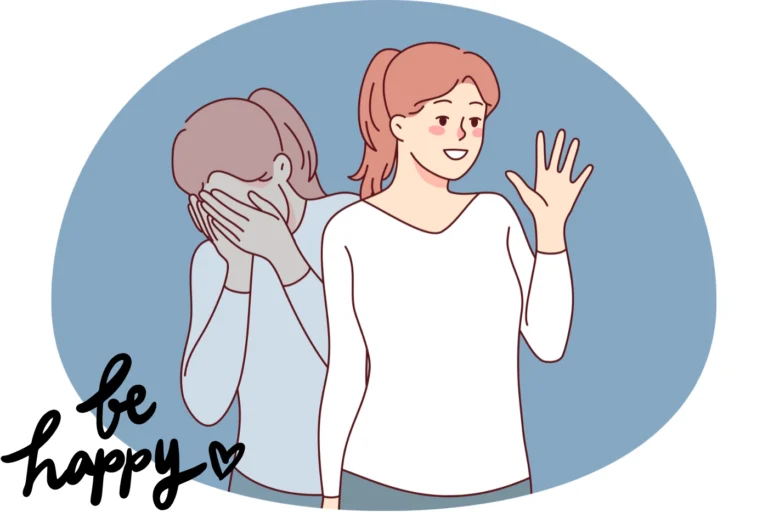Childhood trauma leaves invisible scars that can persist well into adulthood. Whether you experienced neglect, abuse, witnessed violence, or endured a significant loss, these early experiences shape how we view ourselves and interact with the world. But healing is possible.
This post explores the journey of recovery from childhood trauma and offers practical guidance for those seeking to reclaim their lives and find peace.
“Healing doesn’t mean the damage never existed. It means the damage no longer controls our lives.”
Understanding Childhood Trauma
Childhood trauma encompasses any deeply distressing experience that occurs during formative years. These may include:
- Physical, emotional, or sexual abuse
- Neglect or abandonment
- Witnessing domestic violence
- Loss of a parent or caregiver
- Severe illness or medical trauma
- Natural disasters or accidents
- Bullying or social rejection
What makes these experiences traumatic is not just the event itself but the child’s inability to process, integrate, and make sense of what happened. Without proper support and validation, these wounds can remain unhealed for decades.
How Childhood Trauma Affects Adult Life
Unresolved childhood trauma often manifests in various aspects of adult life:
Emotional Impact
- Difficulty regulating emotions
- Chronic anxiety or depression
- Feelings of shame, guilt, or worthlessness
- Emotional numbness or disconnection
Relational Challenges
- Trust issues and fear of intimacy
- People-pleasing tendencies
- Difficulty with boundaries
- Patterns of unhealthy relationships
Physical Manifestations
- Chronic health problems
- Sleep disturbances
- Heightened stress response
- Substance abuse as self-medication
Understanding these connections is often the first step toward healing. Recognizing that current struggles may be rooted in past trauma helps shift perspective from “What’s wrong with me?” to “What happened to me?”
The Path to Healing
1. Acknowledge and Validate Your Experience
Healing begins with acknowledgment. Many trauma survivors minimize their experiences or were taught that their feelings didn’t matter. Give yourself permission to recognize that what happened to you was real and significant.
2. Seek Professional Support
Working with trauma-informed professionals can provide crucial guidance and support:
- Trauma-focused cognitive behavioral therapy (TF-CBT) helps reframe negative thought patterns resulting from trauma
- Eye Movement Desensitization and Reprocessing (EMDR) helps the brain process traumatic memories
- Somatic experiencing addresses how trauma is stored in the body
- Internal Family Systems (IFS) works with different “parts” of yourself that developed to cope with trauma
Remember that finding the right therapist may take time. It’s okay to interview several practitioners until you find someone you feel safe with.
3. Practice Self-Compassion
Trauma survivors often develop harsh inner critics. Learning to treat yourself with the same kindness you would offer a friend is essential for healing:
- Notice self-critical thoughts and gently challenge them
- Speak to yourself with compassion, especially when you’re struggling
- Remember that your responses to trauma were survival mechanisms that once served a purpose
4. Connect with Your Body
Trauma is stored not just in our minds but in our bodies. Reconnecting with your physical self can facilitate healing:
- Gentle movement practices like yoga or tai chi
- Body scan meditations to increase awareness of physical sensations
- Breathing exercises to regulate the nervous system
- Regular physical activity that feels good and safe
5. Build Your Support Network
Healing happens in relationships. Surrounding yourself with understanding, supportive people creates safety for vulnerability and growth:
- Support groups for trauma survivors
- Trusted friends and family members
- Online communities focused on trauma recovery
- Healthy relationships that respect boundaries
6. Develop Healthy Coping Strategies
Replace maladaptive coping mechanisms with healthier alternatives:
- Journaling to process emotions
- Creative expression through art, music, or writing
- Mindfulness practices to stay present
- Grounding techniques for moments of overwhelm
7. Recognize and Respond to Triggers
Becoming aware of what activates your trauma responses allows you to respond rather than react:
- Identify common triggers in your environment
- Create safety plans for managing triggered states
- Practice grounding techniques (5-4-3-2-1 sensory awareness, deep breathing)
- Give yourself permission to set boundaries around triggering situations
The Nature of Healing
Healing from childhood trauma isn’t linear – it’s more like a spiral. You may revisit certain themes or feelings at different stages of life, but each time with new awareness and resources. Some important things to remember:
- Progress isn’t perfection. Setbacks are normal and don’t erase your growth.
- Healing takes time. Be patient with yourself in this process.
- Your pace is the right pace. There’s no timeline for healing.
- You are not your trauma. While these experiences have shaped you, they don’t define you.
Resources for Your Healing Journey
Books
- The Body Keeps the Score by Bessel van der Kolk
- Complex PTSD: From Surviving to Thriving by Pete Walker
- Adult Children of Emotionally Immature Parents by Lindsay C. Gibson
- What Happened to You? by Bruce D. Perry and Oprah Winfrey
Websites
- National Child Traumatic Stress Network (nctsn.org)
- Psychology Today’s Therapist Directory
- The Mighty (themighty.com)
Hotlines
- National Suicide Prevention Lifeline: 988
- SAMHSA’s National Helpline: 1-800-662-4357
- Childhelp National Child Abuse Hotline: 1-800-4-A-CHILD (1-800-422-4453)
Conclusion
Healing from childhood trauma is one of the most profound journeys you can undertake. It requires courage, persistence, and compassion – particularly toward yourself. While the process isn’t easy, the freedom that comes from releasing the weight of the past is immeasurable. Your trauma may always be part of your story, but it doesn’t have to control your future.
Remember that you are not alone in this journey. Millions of others are walking similar paths, finding their way toward wholeness despite difficult beginnings. With each step you take toward healing, you not only transform your own life but potentially break cycles that might otherwise continue to future generations.
You deserve peace. You deserve healing. And it is possible.
This post is for informational purposes only and is not a substitute for professional advice, diagnosis, or treatment. Always seek the advice of qualified health providers with questions you may have regarding medical or psychological conditions.

